Book of the Month – Business Architecture by Roger Burlton

Roger Burlton’s new book ‘Business Architecture: Collecting, Connecting and Correcting the Dots’ is a landmark publication in the BPM and business architecture field.
Burlton presents ways to design a business so that it can get better at continuous enterprise level change. Today, organizations must never stop adapting to outside influences and see themselves outside-in rather than inside-out. A common-sense approach to navigating the effort and creating reusable business knowledge is required and the approach must be understandable, practical, and manageable.
The book’s scope covers the lifecycle from business strategy to the implementation of the critical changes the organization most needs. It assures the conversion of business strategy into usable and effective business designs and optimum investment decisions. It identifies the main knowledge domains required to understand the business and connects these to assure an understanding of the impact of each on the others to assure that everything contributes to create optimum value on a continuing basis.
The Dots ?
In a logical order and in a well-defined way it articulates what domain knowledge (dots) need to be collected, how these are connected, and which provide the greatest opportunity if corrected.
The book covers the major transitions into and out of the main business architecture stages of ‘Define the Business’, ‘Design the Business’, ‘Build the Business’, and ‘Operate the Business’. It brings ways of making sure our strategic intentions are clear, agreed and always front of mind by establishing a direct interconnection of the artifacts. Models of the external ecosystem, business stakeholders, business information, business processes, business capabilities, change prioritization, and the performance management system are shown in detail along with their relationships to one another and to the external environment of the business This knowledge reduces the risk of implementation surprises and unintended consequences.
Loaded with illustrations and examples of how to capture architecture knowledge and how to represent the models to be built to communicate it, the book is an essential companion guide for new business architects and analysts and is an ideal reference for experienced architects who will surely learn some new ways to enhance their practice.
The Business Architecture Framework ^
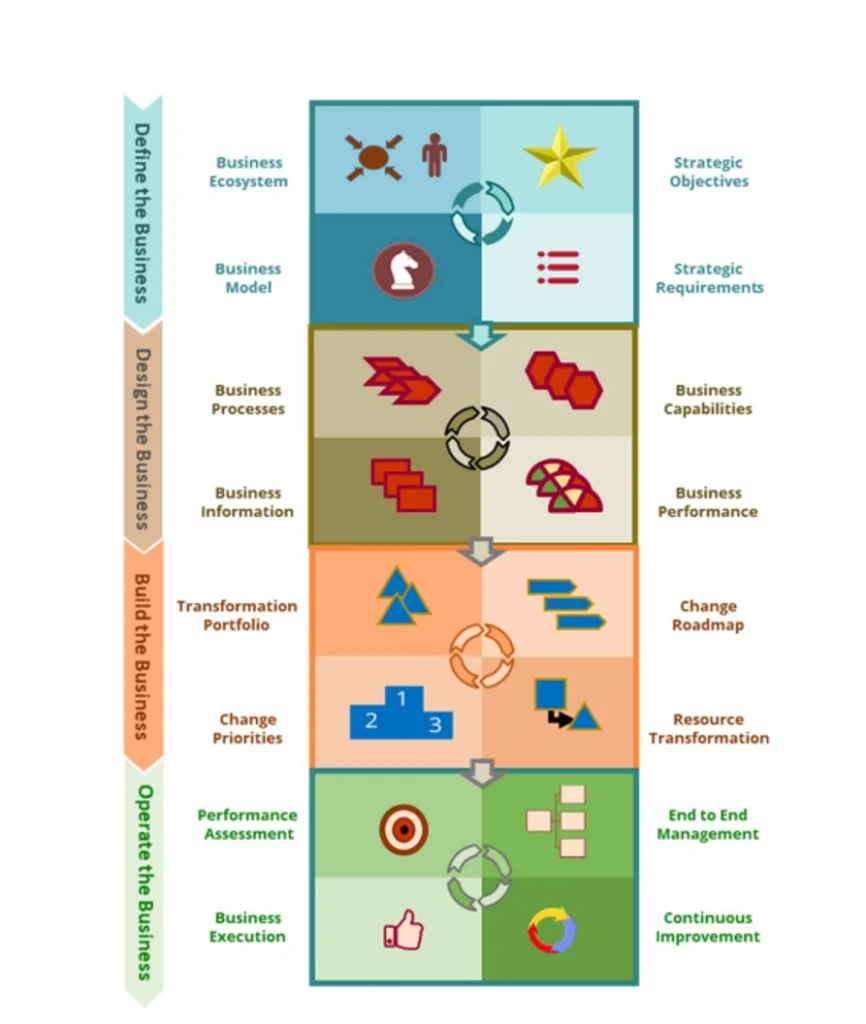
Burlton’s Business Architecture Framework illustrates the framework behind the approach. Since it is a framework and not an unequivocal working instruction it has to be adapted to suit the challenge at hand.
The Framework is a tool to help us realize our Vision – our Dream – of what we wish to become. Our dream without the means of the framework is devoid of strategy – it’s just a hope. The Framework without a shared dream, however, is like sleepwalking – good walking but with no outcome of value realized. The book describes all the boxes in the four major quadrants and shows the alignment among them.
The framework’s four building blocks are briefly presented in the following.
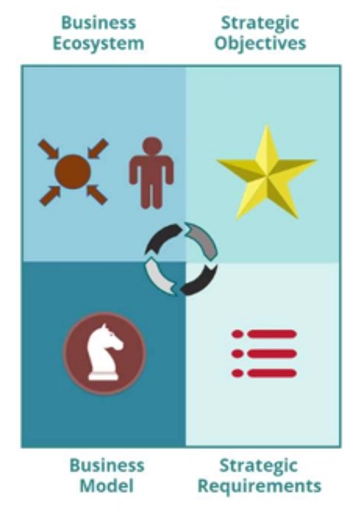
1. Define the Business
This phase is intended to interpret the strategic direction of the enterprise in focus for architecture articulation. It may be the whole business or select value chains within it. Once done we should have an agreed unambiguous end state that we are striving to reach. It presumes that the business architect will not be a creator of business strategic intentions but will be an active participant or interpreter of it so all following architecture work can be executed and aligned to the intentions. Despite great hope this work is often not well done. Doing the rest of the business architecture phases without strategic clarity is a big risk.
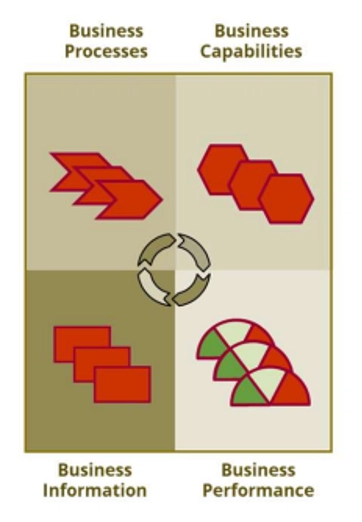
2. Design the Business
This Phase is intended to establish the foundation for the knowledge domains that describe the structure of what will have to be in place to convert the strategic intent and strategic capability requirements of the ‘Define the Business’ phase into real life assets that the business needs to have in place. Each of the component domains are highly interconnected and a change in any one will have consequences on the others. This phase is what many business architects consider the essence of business architecture. Each of these must be well defined while also be interdependently associated. All are needed. Any one alone will not suffice.
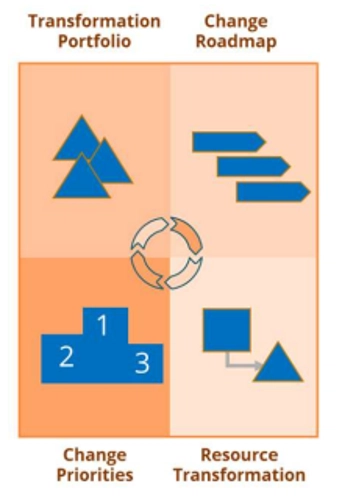
3. Build the Business
This Phase is intended to make sure we decide upon the changes that are most impactful towards the strategy of the North Star and Strategic Requirements identified in Define the Business. In addition, it strives to assure the build out of business solutions happens in the optimum sequence for resourcing and management of these programs. It assures that the capacity of required resources – both human and technological – is balanced with other projects and programs which may be calling upon the same resources. It also tackles the development and implementation of all of the capabilities required to realize the benefits of the changes.
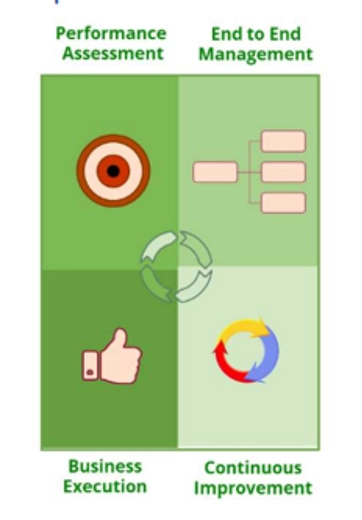
4. Operate the Business
This Phase is intended to assure that the benefits of the business architecture work are continually realized and sustained, and that progress continues to occur as the business operates. It executes the new processes and capabilities and tracks performance results. Critically, it has in place a cross functional responsibility to assure there is no reversion to functional management solely. It is concerned with continuing to evaluate and improve and to identify needs for any needed larger scale improvement which will be communicated back to the beginning phases of ‘Define the Business’ and ‘Design the Business’.
The book can be purchased in print in your favorite bookshop. The publisher also sells a PDF version as well as a favorably priced bundle (print & PDF).
2 Responses
[…] Book of the Month – Business Architecture by Roger Burlton […]
[…] Book of the Month – Business Architecture by Roger Burlton […]
Comments are closed.